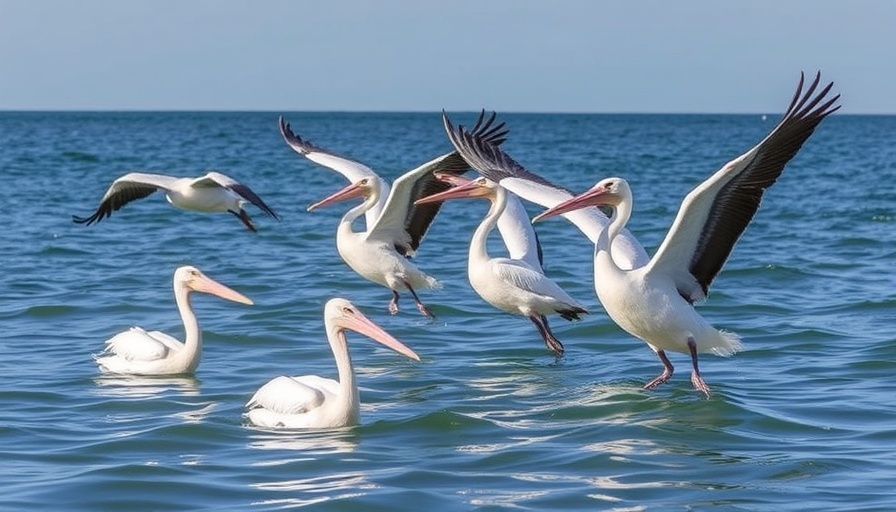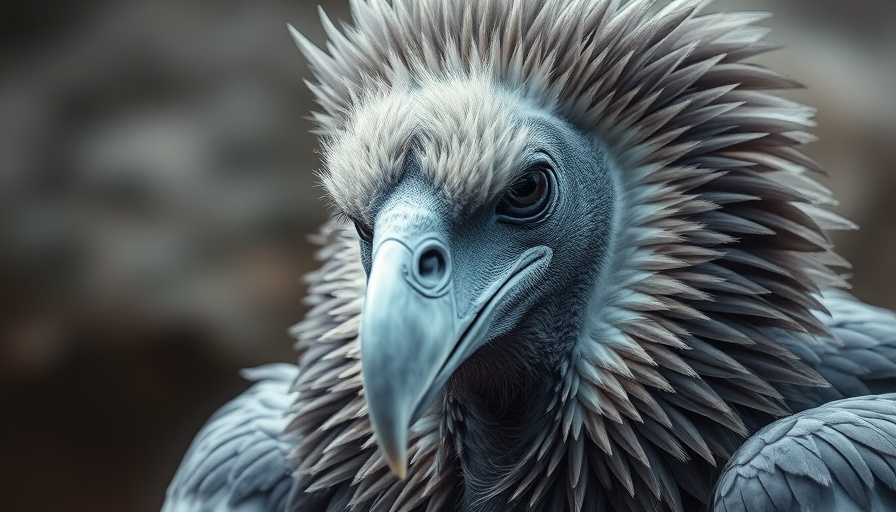
Understanding the Diving Techniques of Brown Pelicans
The Brown Pelicans (Pelecanus occidentalis) are remarkable birds that have mastered the art of diving to catch fish, demonstrating an impressive range of adaptations that enable them to perform this seemingly dangerous feat. These pelicans don’t simply splash down into the water; rather, they embark on a calculated plunge that ensures both efficiency and safety as they hunt.
How Do They Dive Without Injury?
Watching a Brown Pelican soaring just above the breaking waves is a sight to behold. They engage in an intricate process: circling high in the sky before making a dramatic, head-first dive that can occur from heights exceeding 20 meters. One might wonder, doesn’t such a drop cause injury? The answer lies in their unique adaptations. Beneath their skin, they possess air sacs in their chests that cushion their impact. This physiological feature functions much like a protective airbag, mitigating the shock of colliding with water.
The Precision of Diving Angles
In addition to air sacs, Brown Pelicans utilize a strategic diving angle to enhance their hunting success. Research suggests that a steep dive angle—between 60 and 90 degrees—minimizes errors caused by the refraction of light as they peer through the water's surface. This ability is particularly mastered by adult pelicans, who demonstrate improved precision over their younger counterparts, indicating that successful diving is a learned skill.
Catching the Catch: The Mechanics of Feeding
Upon hitting the water, the pelican opens its expansive bill and expands its throat pouch. This ingenious mechanism allows the bird to scoop up small fish effectively. They quickly rise to the surface, expelling excess water before swallowing their next meal whole. It’s a fascinating cycle that blends skill and biology, underscoring why the Brown Pelican continues to be a thriving species along coastal areas.
Why Understanding Pelicans Matters
Learning about the diving habits of Brown Pelicans offers insights into their adaptation mechanisms, emphasizing the importance of protecting their habitats and ensuring their survival. Such knowledge not only enhances our appreciation of these magnificent birds but also sparks conversations about conservation efforts.
As we admire these aerial acrobats, let’s commit to protecting their environments, ensuring that future generations can also witness the breathtaking spectacle of Brown Pelicans diving for their dinner.
 Add Row
Add Row  Add
Add 




Write A Comment